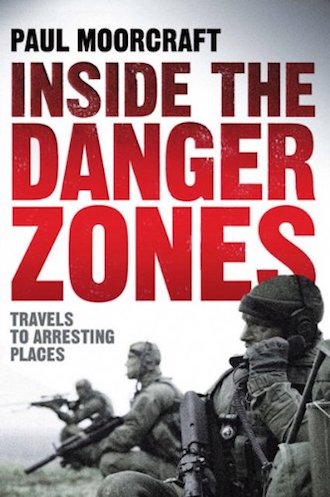
Mao Zedong urged the socialist camp not to fear nuclear war with the United States since, even if "half of mankind died, the other half would remain while imperialism would be razed to the ground and the whole world would become socialist." Ī distinctive feature of war since 1945 is that combat has largely been a matter of civil wars and insurgencies. In 1947, in view of the rapidly increasingly destructive consequences of modern warfare, and with a particular concern for the consequences and costs of the newly developed atom bomb, Albert Einstein famously stated, "I know not with what weapons World War III will be fought, but World War IV will be fought with sticks and stones." During the 20th century, war resulted in a dramatic intensification of the pace of social changes, and was a crucial catalyst for the growth of left-wing politics. In Western Europe, since the late 18th century, more than 150 conflicts and about 600 battles have taken place. Japanese samurai attacking a Mongol ship, 13th century William Rubinstein wrote "Pre-literate societies, even those organized in a relatively advanced way, were renowned for their studied cruelty.'" The invention of gunpowder, and its eventual use in warfare, together with the acceleration of technological advances have fomented major changes to war itself. Scarcity of resources meant defensive works were not a cost-effective way to protect the society against enemy raids. Keeley explains that early war raids were not well organized, as the participants did not have any formal training. All of these forms of warfare were used by primitive societies, a finding supported by other researchers. Keeley describes several styles of primitive combat such as small raids, large raids, and massacres. Keeley, a professor at the University of Illinois, says approximately 90–95% of known societies throughout history engaged in at least occasional warfare, and many fought constantly. For comparison, an estimated 1,680,000,000 people died from infectious diseases in the 20th century. In one estimate, primitive warfare prior to 3000 BCE has been thought to have claimed 400 million victims based on the assumption that it accounted for the 15.1% of all deaths. For the period 3000 BCE until 1991, estimates range from 145 million to 2 billion. Estimates for total deaths due to war vary wildly. Since the rise of the state some 5,000 years ago, military activity has occurred over much of the globe.

About forty-five percent of the skeletons there displayed signs of violent death, specifically traumatic bone lesions. The earliest evidence of prehistoric warfare is a Mesolithic cemetery in Jebel Sahaba, which has been determined to be about 13,400 years old.

Keeley, archeologist) The Egyptian siege of Dapur in the 13th century BCE, from Ramesseum, Thebes. Main article: Military history The percentages of men killed in war in eight tribal societies, and Europe and the U.S.


 0 kommentar(er)
0 kommentar(er)
